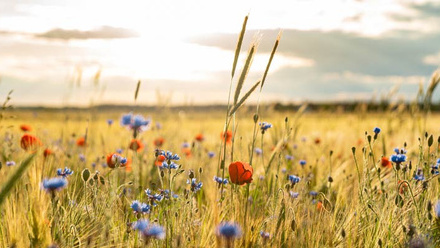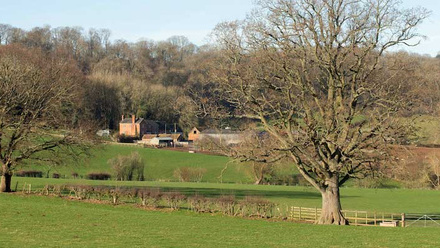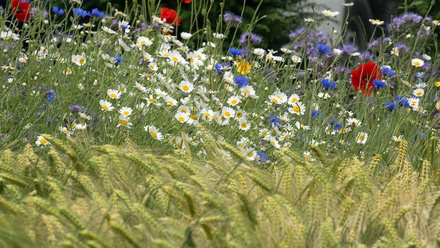ELMs Case Study: Felixstowe, Suffolk
Summary
- Mixed farm with arable crops, dairy and beef
- Fourth generation
- Changing cultivation practices
- Resistant blackgrass
- Long-term partnership with agronomist and stewardship advisers
- Dependent on advisers for stewardship schemes
- Applied for Mid-Tier as a transition to ELMS
- Support payments are vital to profitable farming
Background
This is mixed farm is a family-owned business. The farmer says: “I am the fourth generation to farm this land and my daughter, who is a partner in the business will be the fifth generation.”
The farm occupies a total of 1,200 acres and includes dairy, beef and arable. The arable side of the farm occupies 800 acres and consists of wheat, barley, sugar beet, oilseed rape and some maize for the cows. The remaining 400 acres is grass.
The farmer manages the arable side of the business while his cousin manages the dairy and beef herd. This consists of around 460 head of cattle including 160 milking cows. It’s a closed herd with the bull calves being raised on the farm. Milk from the farm goes for liquid milk with a major processor.
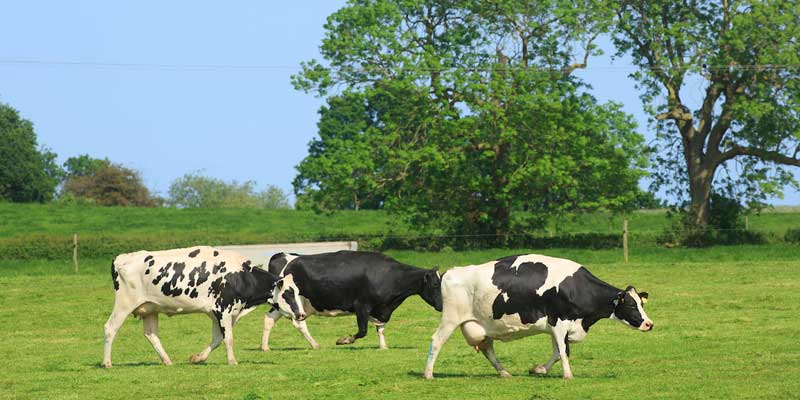
The farm has solar panels on its buildings and has its own windmill for power generation. Other investment on the diary side is ongoing and a new parlour has been installed in recent years.
Cultivation
In terms of cultivation on the farm, the farmer says: “It’s very much a mix of cultivation methods and we do plough some land. The majority of our land is heavy marsh clay which is min-tilled and we just work the top couple of inches to create enough tilth to plant the seed. I would argue that we’ve been min-tilling the marshes for three generations. We never ploughed other than for a spring crop because the marshes are unworkable.
“However, our practices have changed. Once we would sub-soil every acre every year but now we only sub-soil if we have to. Today we might only do 50 acres as opposed to 400 acres a year. This change is driven by costs and environmental factors and the prevalence of blackgrass.
“We were one of the first farms to test positive for blackgrass resistance in the country, so it is definitely a major factor for us. We are always looking for ways to improve what we do. We want to cut costs, and very often cutting costs helps to reduce the environmental impact of what we do. Every farm is different and what’s right for one isn’t necessarily going to be right for everyone.”
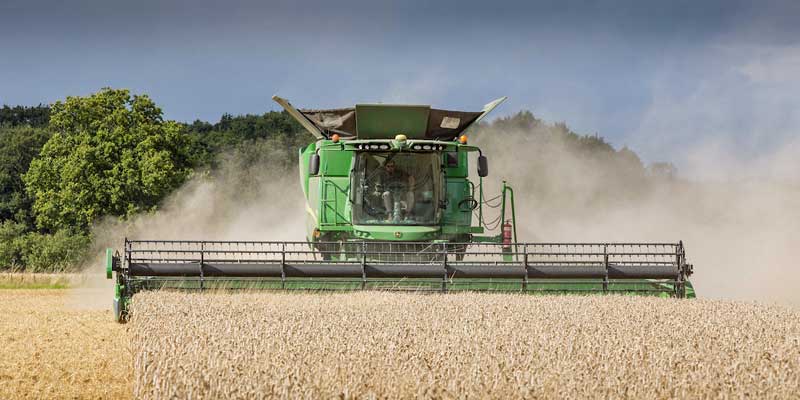
Role of the advisers and network
The farmer says: “The main advice I have on the arable side of business is from a distributor. We do have other advisers on the dairy side, and we use someone who also advises on the fertiliser side. However, we get all our agronomy advice from the distributor, and we have been working together for many years. In many ways, he is more like a mate than an adviser.
“Two people from the distributor company advise us on the environmental stewardship. I certainly wouldn’t have attempted to do it without their help.”
One of these advisers has an agronomy background but also works advising farmers on environmental schemes, the other is an Environmental Services Specialist with the company.
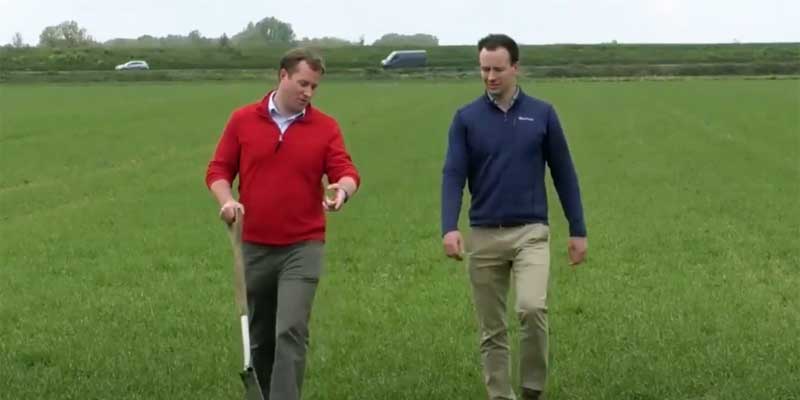
The farmer estimates that he has been working with the agronomist for at least 35 years and with one of the other advisers for 25 of those years. While the company provided a soil management plan for farmer's ELS schemes, he has handled soil and nutrient management largely himself.
However, his approach to these topics is becoming more sophisticated and he has now subscribed to the distributor company's crop management system, and which was used for the mapping exercise as part of an application for Mid-Tier. This system is useful both for planning and providing evidence in connection with Countryside Stewardship.
Countryside Stewardship
On their role with regards to Countryside Stewardship, one of the advisers says: “When we talk to farmers about Countryside Stewardship we say that these schemes are designed to be done by the farmers themselves. However, when you do something regularly, as we do, you understand how to do it and you know the pitfalls. We do an assessment with the client before we get involved to make sure the sums add up and it’s worth their while.”
The other adviser says: “I will say to farmers go away and have a look and they come back and say they don’t want to do it themselves. It’s the level of detail that is familiar to us but they don’t have the time to go into that. Also, the application window is not at a good time of year for farmers.
"For the majority of farmers I visit they say: ‘I want to give you all of the paperwork, I don’t want to have to touch it’. It’s really important and a critical long-term decision, so they want to ensure that it’s done properly.
“There are situations I have gone into where the farmer has done the application and they put down a lot of things because they looked good at the time, and now they just don’t know how to manage it.”
The farmer says: “The key to it is that people like the team at the distributor company are dedicated to understanding the requirements of the schemes. No matter how simple they say that they have made these schemes my own experience is that they remain too complicated for the average farmer.”
Environmental activity
The farm did two cycles of Entry Level Stewardship, has applied for Mid-Tier Countryside Stewardship and is waiting to be accepted onto the scheme. The farm’s traditional buildings were a key part of the original entry-level schemes and have formed part of its new application.
The bureaucracy around this aspect of the new application has led to delays and frustration on behalf of the farm and its advisers at the distributor.
The farmer says: “In terms of environmental activity there are a number of things which we have been doing on our own initiative. After set-aside was taken away we left our six-metre strips around every ditch because we thought that was the right thing to do. We are in a catchment area right beside the River Deben so we decided to continue them.
“We also have bumble bee plots as my uncle was chairman of the Suffolk Beekeepers Association. One of the reasons for going into Countryside Stewardship is the opportunity to be rewarded for some of the work which we are already doing, as well as doing some additional work to benefit the environment.”
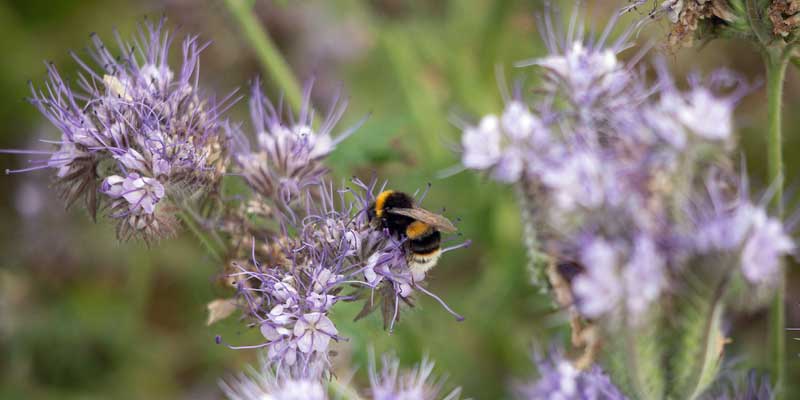
Applying for Mid-Tier
Discussing the additional activity that will be added around the Mid-Tier scheme Jim Woodward says: “Because we felt that it was potentially competitive we went for the farm wildlife pollinators package including two per cent wild bird and 1% pollinators as an absolute minimum, as well as grass margins, and low input permanent pasture.
“We find that on some farms there are already lots of features that lend themselves to involvement in environmental schemes on land that is less productive. There are other farms where the land is completely productive and there is no room to put in grass margins or other features.
"There are farms that will not and cannot do Countryside Stewardship because of where they are located or the type of farms that they are.”
The farmer says: “On this farm because we are mixed and have a variety of pastures, we have a diverse landscape including hedged fields and the open marshland. As a result we have good birdlife and lots of hares on the farm.
"Going into Mid-Tier, I think we are probably adding another 15 acres into the areas that are set-aside as part of the scheme.” One of the stewardship advisers says: “With the Entry-Level schemes that the farm has been part of in the past it was relatively simple to qualify.
"With the traditional buildings and the soil management and nutrient management plans, they went a long way towards qualifying before we started to look at the physical landscape. With Mid-Tier we have to work harder and make more changes to meet the criteria.”
The farmer acknowledges that there is potential in a number of areas of the farm where land is currently lying fallow and could be included in stewardship by planting wild seed mixes or such.
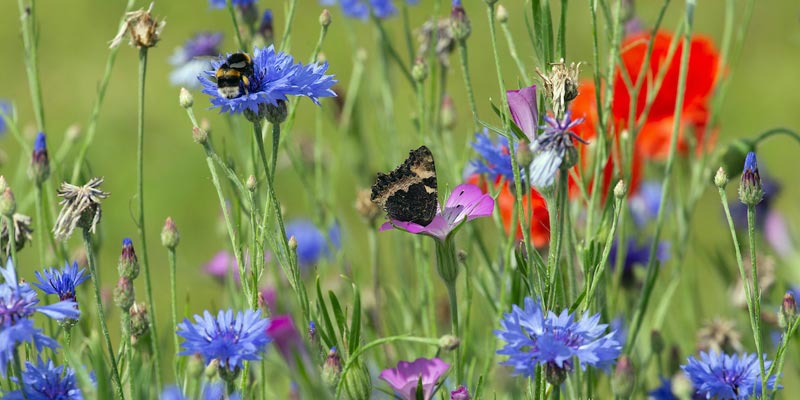
He says: “We want to do what we can for the environment and if we can make money by going the extra step we will do it. The fact is that if we are making money as a farm, we are far more likely to do things for the environment anyway.”
Farming sustainability
The stewardship adviser echoes this sentiment, he says: “We did an initial assessment on this farm to look at the viability of going in Countryside Stewardship. People often use the word ‘sustainability’ simply to refer to the environment, but these farms need to be economically sustainable if schemes like this are going to work and they are going to deliver the benefits that the Government wants and provide a future for us.
“We have also devised the application so that it is practical and fits with the farming year. There are lots of different options but you can’t do them all as you would be forever having to keep on top of the detail and it may not be cost-efficient or practical. It also has to be integral to the business, rather than something which is done on the side.”
Attitude towards environmental stewardship and ELMS
Both farmer and the distributor company sees the farm’s involvement in Mid-Tier as part of the transition to ELMS. The stewarship adviser says: “Our experience of schemes like ELMS is that you are better off being involved early rather than late. ELMS won’t come in until 2024, so there is also something of a vacuum there in the meantime.
"Our understanding is that farmers will be able to move from Countryside Stewardship to ELMS if the latter is more advantageous.”
The other stewardship adviser also points out the benefits of acting now rather than waiting for ELMS. She says: “The likelihood is that even if you wait, the areas that you will take out of production and put into the scheme will be the same in five or ten years’ time, so you might as well act now and get the benefit.
"Plots sown under Countryside Stewardship now will still be viable in two years’ time and could be transferred to ELMS without any additional costs. The majority of stewardship options that are applicable now, will also be applicable in ELMS.”
The farmer agrees that acting now rather than waiting for ELMS is the best strategy to follow.
While planning ahead is very much the policy of this farm, the distributor agronomist points out that last-minute changes to schemes can put farmers off.
“I was at a meeting recently discussing SFI and the Soil Standard,’ he says, “And lots of the farmers were going to go into it. Then the conditions were changed and the payments decreased and most of them changed their minds. Furthermore, it will make them reluctant to engage in the future.”
He also emphasises the need for officials to understand the practicalities of everyday farming and provide detailed information on the application of schemes, as well as applying a light touch to the way that schemes are administered. Practical, productive farming says the farmer: “Ultimately it’s about practicality.
"All of these schemes have to be practical and workable to fit in with productive farming. I see my job as producing food and I have to make a profit doing it. We won’t be here in five years’ time if we can’t make enough money to live on.
“That also puts our money from the Single Farm Payment into perspective. Most years when we make a profit it is the Single Farm Payment that makes a difference. We can’t make a profit purely on farming and that includes all the other things that we have diversified into. We are a pretty efficient outfit, but that is still the terrifying reality.”
One fo the stewardship advisers says: “We have always said that ELMS won’t replace the Single Farm Payment. With decreasing payments, farmers have seven years to get their house in order and to be able to farm profitably in a way that does not depend on the Single Farm Payment. That includes increasing precision farming, reducing inputs, and taking out unproductive land.”
Overall both the farmer and his advisers acknowledge that the changes in payment schemes will see major changes in the way farming works over the next few years and that farmers will have to adapt to survive.
Potential areas for ELMS
Potential areas that this farm could be involved with in ELMS include:
- Soil management
- Boundary features
- Crop management
- Integrated pest management
- Fertiliser use
- Surface run-off/management
- Slurry/manure management – storage and application
- Livestock management – house
- Livestock management – feeding and drinking water
- Access and Engagement
- Water storage
- Veterinary medicine application
- Manage grasslands
- Drainage management


